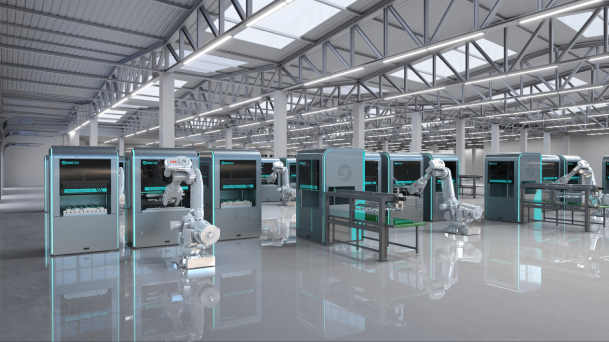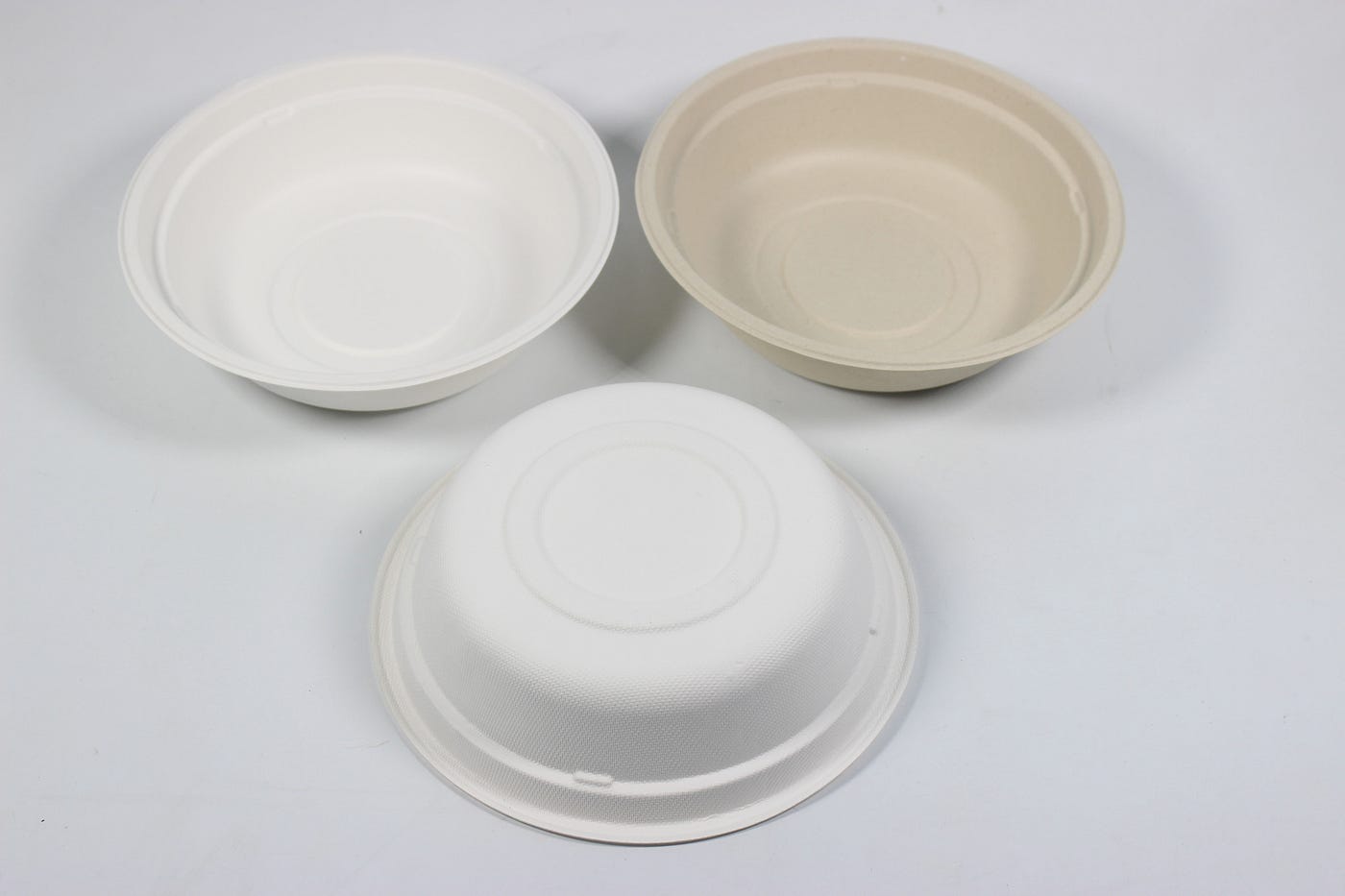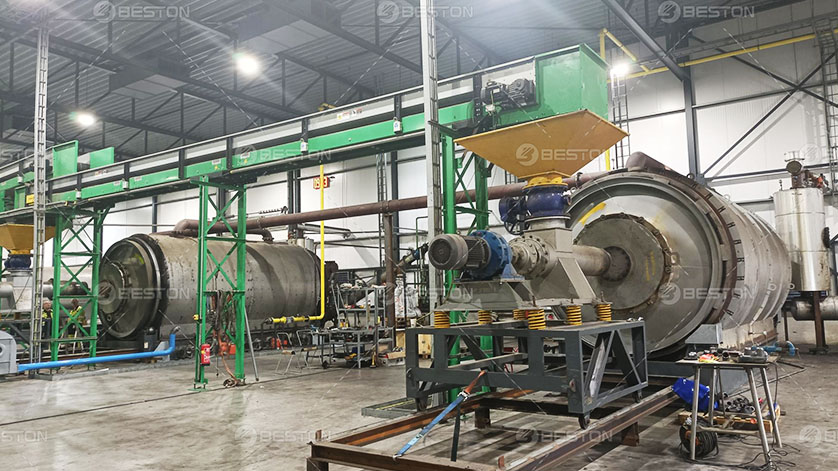In the ongoing quest for eco-friendly solutions, a groundbreaking development has emerged in the realm of sustainable packaging: the pulp molding tableware machine. This innovative technology promises to revolutionize the production of disposable tableware by offering a greener alternative to conventional plastic and Styrofoam products.
A Sustainable Solution
The pulp molding tableware machine utilizes a process known as pulp molding or molded pulp manufacturing. This process involves converting recycled paper and cardboard into molded products such as plates, bowls, trays, and cups. By using renewable and biodegradable materials, this technology addresses the environmental concerns associated with single-use plastics and polystyrene foam.

How It Works
The operation of the pulp molding tableware machine is both efficient and environmentally friendly. First, recycled paper and cardboard materials are shredded and mixed with water to create a slurry. This slurry is then poured into molds that are shaped according to the desired tableware specifications. Through a combination of pressure, heat, and drying, the slurry solidifies into durable and functional tableware products.

Advantages of Pulp Molding Tableware
The adoption of pulp molding tableware offers numerous benefits:
- Environmental Sustainability: By utilizing recycled paper and cardboard as raw materials, the production of pulp molding tableware reduces the demand for virgin materials and minimizes waste sent to landfills or incinerators. Additionally, the biodegradable nature of pulp-based products ensures they can be easily composted at the end of their lifecycle, further reducing environmental impact.
- Resource Efficiency: The pulp molding process requires less energy and water compared to traditional manufacturing methods for plastic or foam tableware. Furthermore, it helps to conserve natural resources by repurposing waste materials into valuable products.
- Versatility and Customization: Pulp moulding machine can produce a wide range of tableware items in various shapes, sizes, and designs, offering flexibility to meet diverse consumer needs and preferences.
- Health and Safety: Unlike plastic or foam products that may leach harmful chemicals into food or beverages, pulp molding tableware is considered safe for food contact and does not pose health risks to consumers.
Market Impact and Future Prospects
The introduction of pulp molding tableware machines is poised to disrupt the disposable tableware market, driving a shift towards more sustainable packaging solutions. As consumers become increasingly conscious of environmental issues, demand for eco-friendly alternatives is expected to rise, creating opportunities for manufacturers to capitalize on this growing market segment. Egg tray machine can turn waste paper into paper egg trays.
Furthermore, businesses and industries that rely on disposable tableware, such as food service establishments, event planners, and catering companies, stand to benefit from adopting pulp molding technology. Not only does it align with corporate sustainability goals and demonstrate a commitment to environmental stewardship, but it also enhances brand reputation and consumer perception.
Looking ahead, continued innovation and investment in pulp molding technology are anticipated to further improve efficiency, reduce production costs, and expand product offerings. With ongoing efforts to promote sustainability and reduce plastic waste globally, the pulp molding tableware machine represents a significant step towards a greener, more sustainable future.
In conclusion, the emergence of the pulp molding tableware machine marks a milestone in the journey towards sustainable packaging solutions. By harnessing the power of recycled materials and eco-friendly production processes, this innovative technology offers a viable alternative to traditional plastic and foam tableware, paving the way for a cleaner and more environmentally conscious society. Visit the Beston Group here.

